Prelims Art Appreciation
1/86
There's no tags or description
Looks like no tags are added yet.
Name | Mastery | Learn | Test | Matching | Spaced |
|---|
No study sessions yet.
87 Terms
Art Criticism
involves the description, analysis, and evaluation of artworks.
theory of beauty
Art critics usually critique art in the context of aesthetics or the _____.
rational basis for art appreciation
One of criticism's goals is the pursuit of a ______.
Description
Five-Step System for understanding visual art
a work of art from an objective point of view – its physical attributes and formal construction.
Analysis
Five-Step System for understanding visual art
a detailed look at a work of art that combines physical attributes and subjective statements based on the viewer’s reaction to the work [how parts are organized to form a whole]
Context
Five-Step System for understanding visual art
historical, religious, or environmental information that surrounds a particular work of art and which helps one to understand the work’s meaning [factors that shaped a work]
Meaning
Five-Step System for understanding visual art
a statement of the work’s content; a message or narrative expressed about the subject matter [a comment on the subject]
Judgement
Five-Step System for understanding visual art
a critical point of view about a work of art concerning its aesthetic or cultural value.
Medium
What is it made of?
Subject
What is it about?
Style
What is its style?
Function or Purpose
What is it for?
Evaluation
Is it any good? How good is it?
Organization/Composition
How are the parts put together to form a whole?
Theme
What does it say about an aspect of human life?
Ars
in ancient Latin it meant a craft or specialized form of skill, like carpentry. In medieval Latin, it meant any special form of book-learning, such as grammar or logic, magic or astrology.
Art
the activity of creating beautiful things
works, such as paintings or poetry, resulting from such activity
the aesthetic values of an artist as expressed in his work
a craft or trade and its methods
A work of art
is an expression of a feeling, idea or experience, skillfully formed using a medium.
expression
visual, auditory, or any other sensory expression
medium
paint, sound, word, body, etc.
Art Appreciation
is the practice of studying and valuing art. A twofold purpose of this is to delight and to instruct
Humanities
comes from the Latin humanus, which means human, cultured and refined
Assumptions of Art
Art has been created by all people at all times; it lives on because it is liked and enjoyed.
Art involves experience.
Art is not nature.
Philosophical Perspectives on Art
Art as Imitation
Art as Representation
Art as a Disinterested Judgment
Art as Communication of Emotion
Art for Art’s Sake vs. Art for Man’s Sake
Art as an Escape
Art as Imitation
Art is a mere copy of the original (the true and eternal entities) that can be found only in the World of Forms. -Plato
Art as Representation
Art provides a vision of what might be reality. Art is an aid to philosophy in revealing the truth.- Aristotle
Dulce et Utile
Art serves a twofold purpose: to delight and to teach. (Horace)
Art as a Disinterested Judgment
Art, particularly the judgment of art, is impartial, free of self-interest. - Immanuel Kant
Even subjective judgments in art are based on universal criteria.
Art as Communication of Emotion
Art is a language, a communication device, to articulate feelings and emotions that are otherwise unavailable to the audience or readers. -Leo Tolstoy
Functions of Art
physical, social, and personal.
Physical Function
corresponds to the practical function of an art work
Social Function
it addresses a particular collective interest.
Examples: political art, photography, performances for social purposes
Personal Function
Depends on each person, and is subjective.
Examples: art for self-expression, therapy
Works of Art
can describe things, tell stories, impart information, embody beauty, engage us emotionally, elevate our spirit or inspire us, express ideas, challenge notions about art or other matters, or cause us to react to or act on pressing social issues.
Artisan
a worker in a skilled trade, especially one that involves making things by hand (often in a traditional way)
a craftsman, skilled worker
Subject of Art
whatever is represented in a work of art
Sources of Subjects of Art
Nature (landscape, seascape, etc.)
History
Literature, incl. mythology and folklore
Religion (sacred texts, stories of saints, etc.)
Man-made objects and structures
Experiences
Imagination, dreams, etc.
Other works of art
Elements of Visual Art/ Basic Tools of Visual Communication
Dot
Line
Shape
Direction
Direction and Lines
Direction and Shapes
Tone
Color
Texture
Scale and Proportion
Dimension
Perspective
Movement
Space
Composition in Art
Refers to the ordering of relationships: among details, among regions, among details and regions, and among these and the total structure.
Techniques
are the ways artists go about applying the principles of composition
Elements of Art
Auditory Elements in Literature
Transcreation: Dance to Visual Art
Text to Visual Art
Fusion of Elements in Combined Arts
Principles of Visual Art
Balance
Pattern
Movement and rhythm
Proportion
Unity
Variety/Variation
Emphasis
Gradation
Balance
refers to the equilibrium of visual forces. _____ may be either symmetrical or asymmetrical (among other types).

Symmetry
A form of balance achieved by the use of identical balance compositional units on either side of a vertical axis within the picture plane.
Radial Symmetry
A form of balance that is even, radiating out from central points to all four quadrants of the shape’s constraining plane
Approximate Symmetry
A form of balance achieved by the use of similarly balanced compositional units on either side of a vertical axis within the picture plane.
Asymmetry
A form of balance attained when the visual units of balance either side of a vertical axis are not identical but are placed in positions within the picture plane so as to create a ‘felt’ equilibrium of the total form of concept.
Pattern
results from the repetition of elements in an artwork

Movement and rhythm
refer to the way a painting controls the motion and pace of our vision

Movement
it is the path our eyes follow when we look at a work of art, and it is generally very important to keep a viewer’s eyes engaged in the work.
Diagonal lines
A strategy used to evoke a sense of movement
Rhythm
A continuance, a flow or a feeling of movement achieved by the repetition of regulated visual information.
Proportion
refers to the emphasis of relationship achieved by the scaling of sizes of shape..
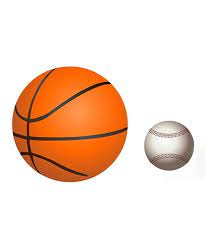
Unity
refers to the togetherness of details and regions to the whole despite contrasts

Harmony
is the visually satisfying effect of combining similar, related elements
Variety/Variation
refers to the contrasts of details and regions to complement unity and create visual interest, particularly in a pattern.

Contrast
results from marked difference (in size, values, hues, etc.)
Emphasis
is the principle that creates a center of interest by putting more importance to one element over other elements in a composition. It involves both dominance and subordination.
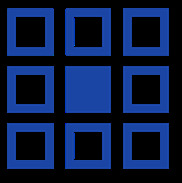
Gradation
refers to a continuum of changes in the details and regions (areas) such as the gradual variations in shape, color value, and shadowing, etc.

Composition in Art
refers to the ordering of relationships: among details, among regions, among details and regions, and among these and the total structure.
Rule of Thirds
splits an image into thirds vertically and horizontally, as shown in this grid. Artists will often separate the foreground and background content by using the horizontal lines.
Golden Ratio
a mathematical ratio that artists use to create balance and proportion in their work
Illusion of Depth may be achieved through:
1. Overlapping of shapes
2. Making distant shapes smaller, darker and less detailed
3. Placing distant shapes higher
4. Moving from higher to lower saturation
5. Moving from heavier to lighter textures
6. Shading from light to dark
7. Using less saturated and cooler hues in the distance
8. Slanting lines inward (to a vanishing point)
Hue
the name of a color
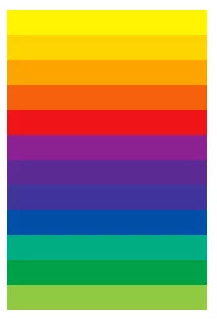
Saturation
The intensity or purity of a hue
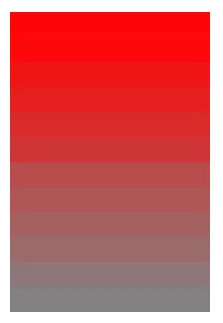
Value
The degree of lightness or darkness of a hue
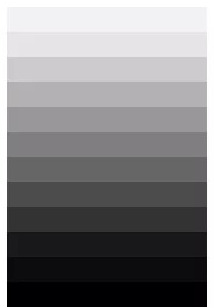
Tone
A hue produced by adding grey
Tint
A hue produced by adding white
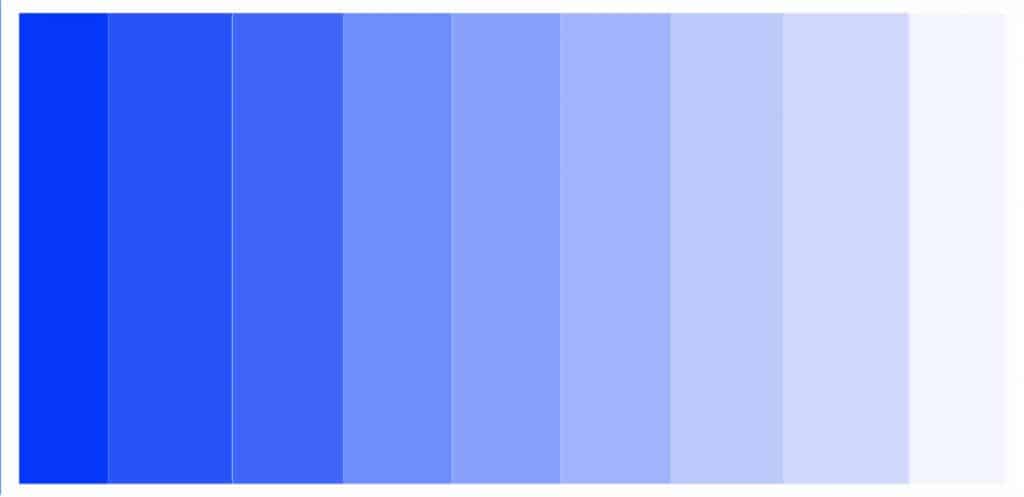
Shade
A hue produced by adding black

Monochromatic Scheme
Using one hue and adding white, black or grey to create tints, tones, and shades
Primary colors
can be mixed to create all other colours (red, blue, yellow)
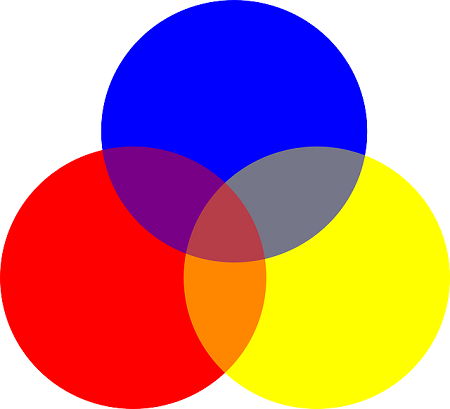
Secondary colors
created by mixing primaries (Purple, Green, Orange)
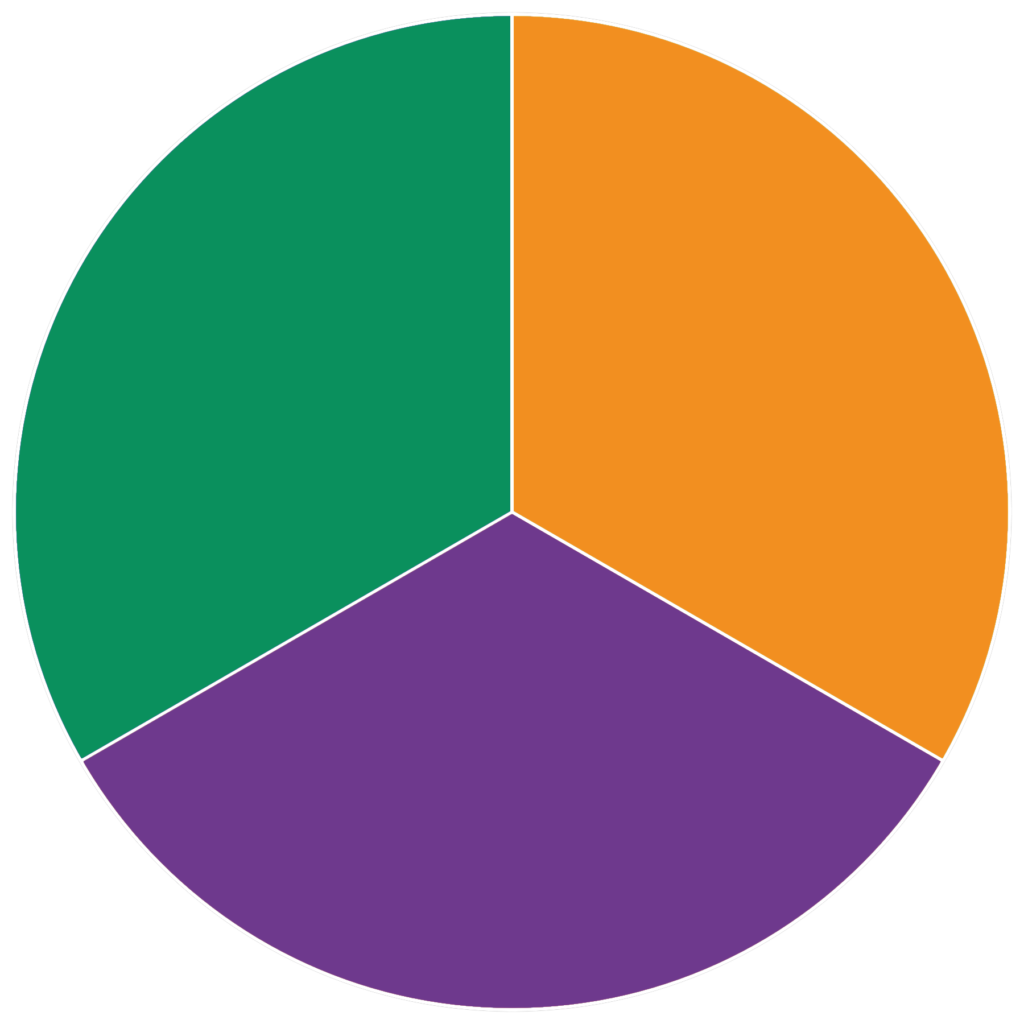
Tertiary colors
created by mixing primaries and secondaries
Warm colors
reds, oranges, yellows
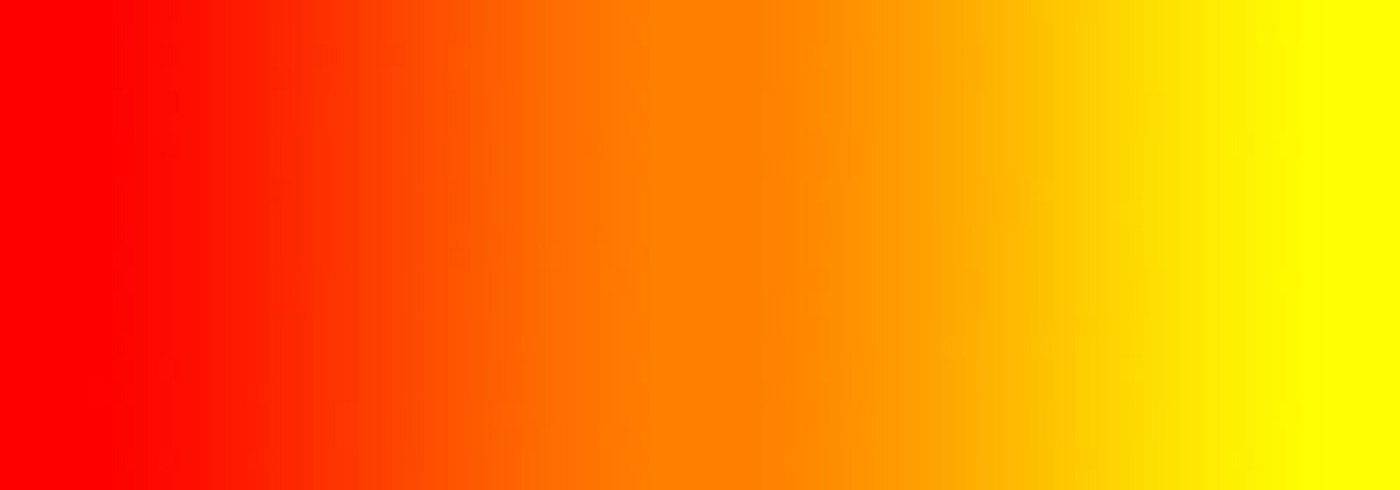
Cool Colors
Purples, Blues, Greens

Color Schemes
reference the color wheel to choose an appealing color scheme
Monochromatic Scheme
using one hue and adding white, black, or grey to create tints, tones and shades
Complementary colors
colors sitting across from each other on the color wheel
red & green
purple & yellow
orange & blue
Split-Complementary Scheme
A base color and the two colors adjacent to its complementary color
Analogous Scheme
2-4 colors next to each other on the color wheel
Triadic Scheme
3 colors that are evenly spaced around the color wheel
Tertradic (rectangle) Scheme
four colors arranged into two complementary pairs
Yellow
A happy color with positive qualities like joy, intelligence, brightness, energy, optimism, and happiness.
Negative feelings that include caution, criticism, laziness, and jealousy.
Green
Symbolizes nature and has a healing quality
Associated with growth, harmony, and money
Negative can show greed or jealousy
Blue
peaceful and caring
exudes stability and expertise
symbolizes trust and dependability
negative: depression, coldness and passiveness
Red
symbolic of fire & power
associated with passion and importance
stimulates energy and excitement
negative: anger, emergency and rage
Orange
associated with happiness, joy and sunshine
evokes childlike exuberance
negative: still somewhat aggressive, symbolizes ignorance and deceit